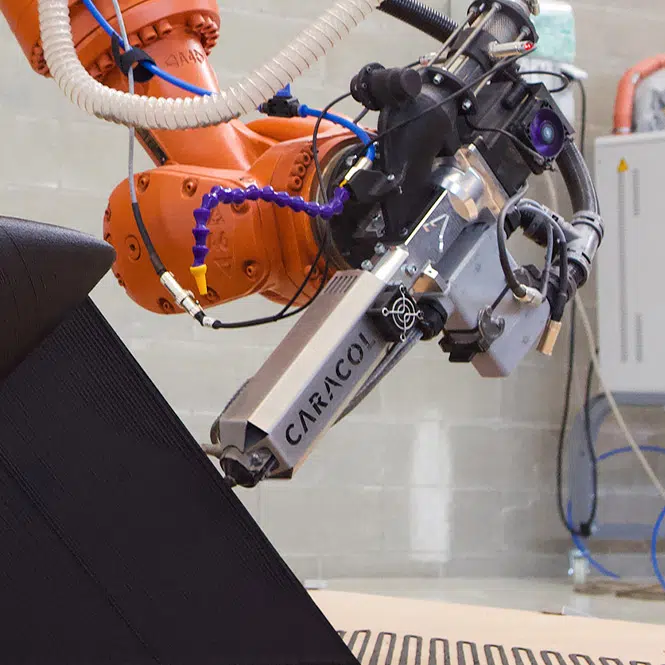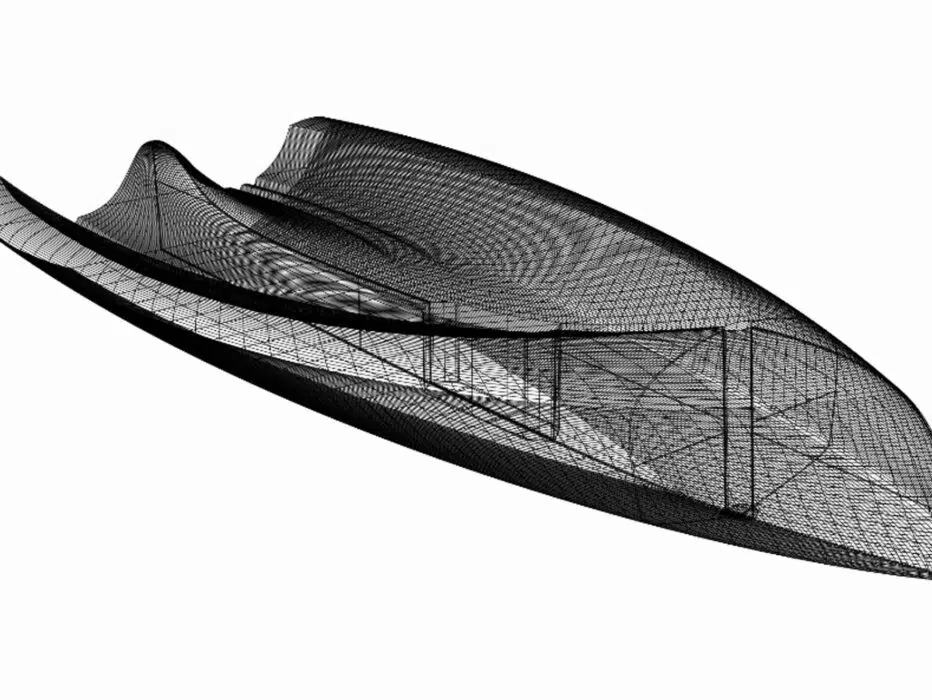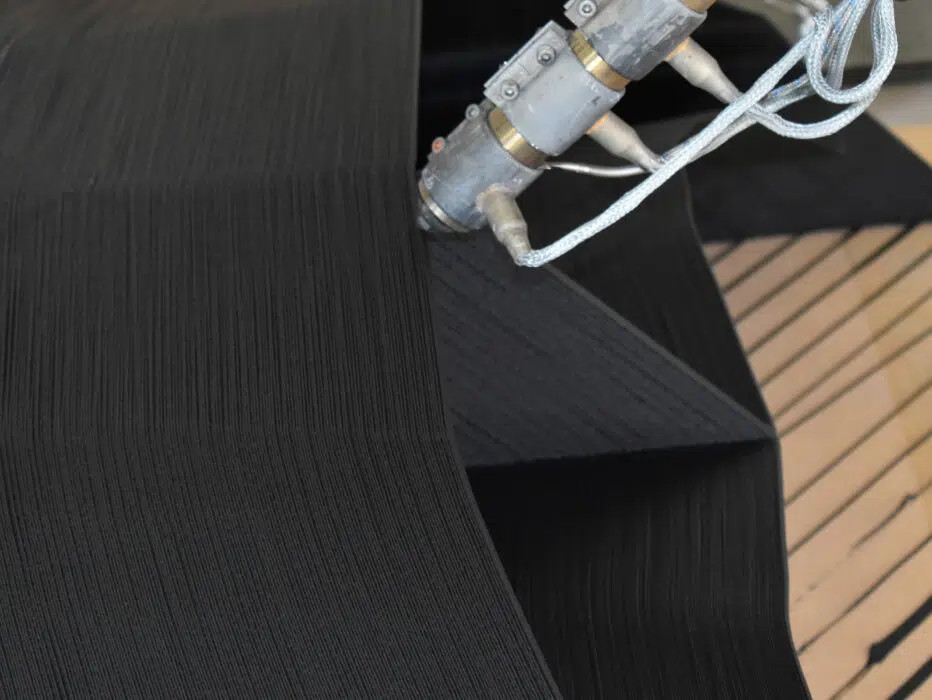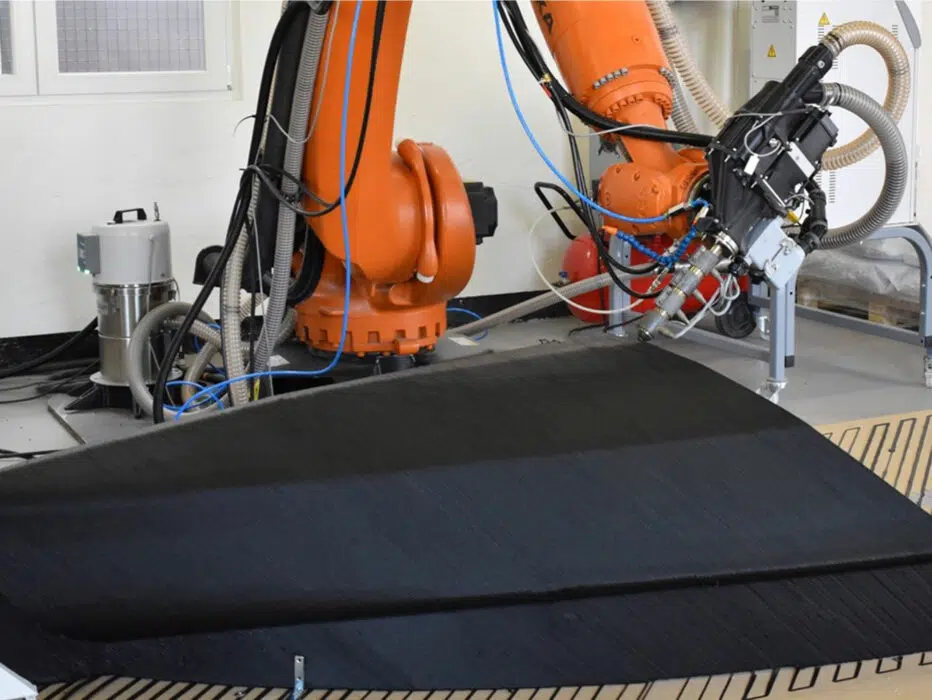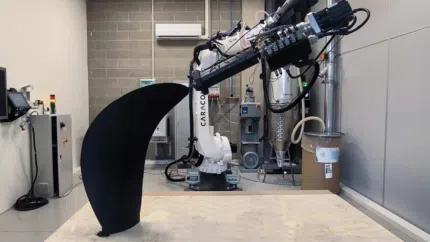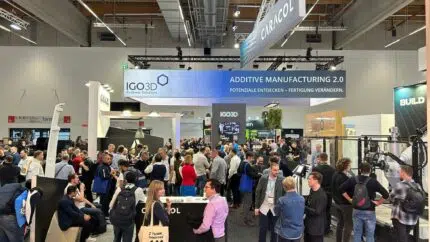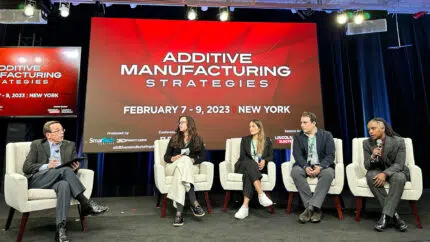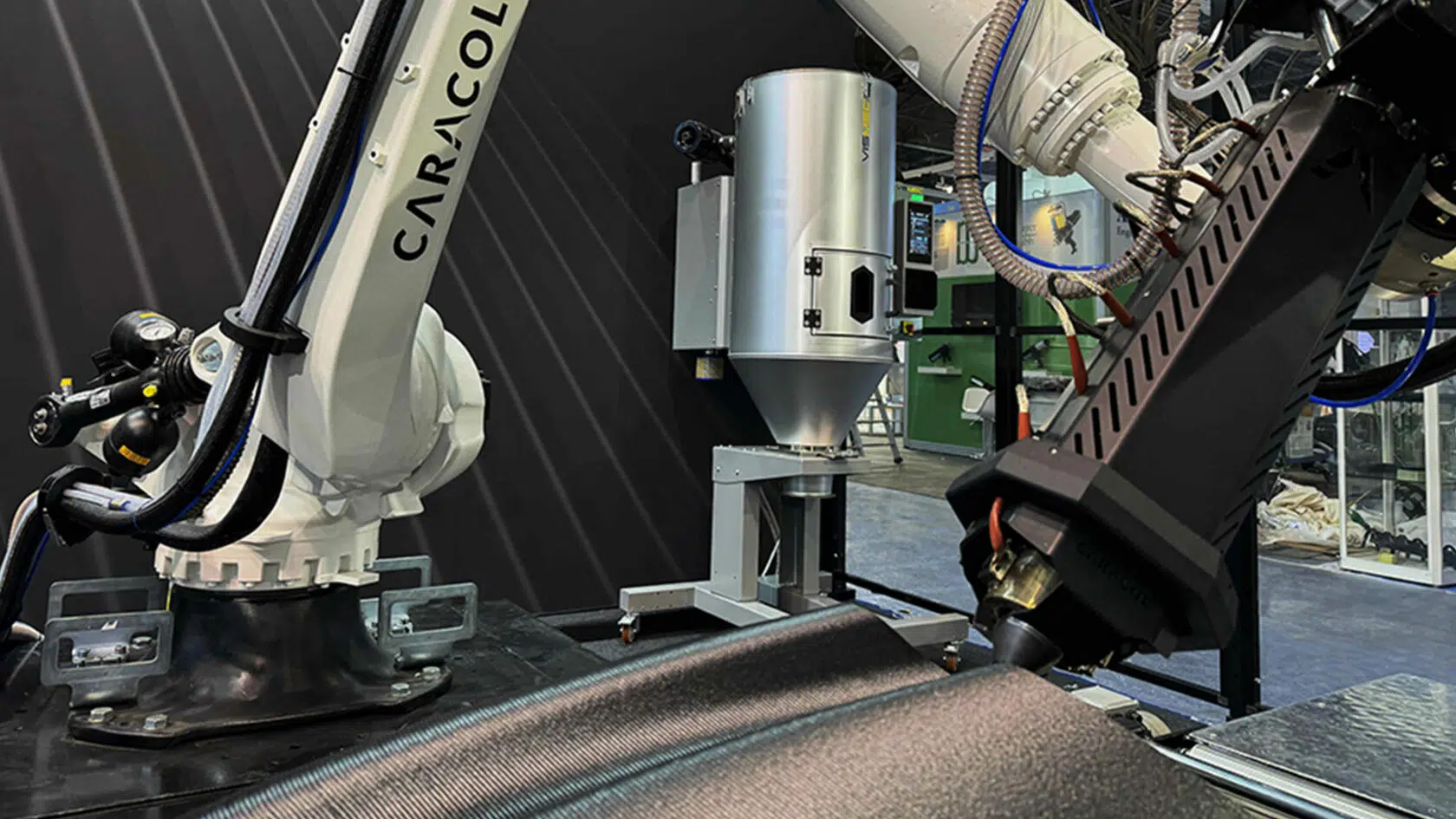
3D printing has long been referred to as a solution mainly for rapid prototyping, nonetheless, numerous companies and projects have been demonstrating how these technologies can also offer a solution for industrial manufacturing needs. Indeed, the origins of 3D printing technologies, industrial requirements, and production consistency possible in the beginning mostly confined additive to low-requirement and low-volume parts – making the term “rapid prototyping” become a popular misnomer for “3D printing”. Today this paradigm is being transformed, and additive is increasingly becoming a technological solution to include within value chains for industrial production. So how exactly can this be achieved, and which technologies are further ahead in closing this gap?
Today, the market is crowded with 3D printers set up for prototyping and undersaturated and the skepticism towards results lives on; however, the emergence of industrial-scale additive manufacturing is demonstrating daily the benefits on efficiency – from lead time to cost benefits. The use of the term ‘additive manufacturing’ has marked the introduction of a new paradigm shift in associating 3D printing to an industrial realm and a departure from its early use limited to rapid prototyping. Nonetheless, to truly back this shift, it’s up to additive companies to ensure they are working towards that goal, and not simply technological innovation for the sake of it. Specifically, there are two aspects to work on: achieving industrial manufacturing requirements on costs and performance while leveraging additive, and continue working with a full, integrated, solution on use cases across sectors.
In particular, the Large Format Additive Manufacturing segment and its leading players like Caracol, have positioned their solutions as industrial technologies built to solve manufacturing needs – allowing users to fabricate high-value industrial applications, from tooling to specialized, performance-critical end-use parts at the point of need, in just days. To understand the full potential of Large Format Additive Manufacturing and how this shift is happening thanks to these technologies, it is key to first understand what rapid prototyping 3d printing is and where the main differences are, when compared to the most advanced 3D printing platforms for large, complex applications.
WHAT IS RAPID PROTOTYPING IN 3D PRINTING?
Prototyping is an integral part of product design and engineering, an important stage of the product life cycle. It is an iterative process to arrive at an optimized, test-proven design, that involves continuous testing and modifications. In the product development process, engineers are used to design an initial concept model to test. The first tentative design (the prototype) is fabricated to run tests and evaluate the design for upsides and areas of improvement. These activities may be repeated several times, to arrive at a final, validated design that satisfies the desired features and performances. Before 3D printing, product development teams could only iterate a few times before part designs needed to be finalized, due to long lead times and high costs of low-volume parts.
In this scenario, the concept of “rapid prototyping” was born, strictly related to the use of digital technologies to design and fabricate prototypes faster, easier and more cost effectively than before. This technique circumvents the need to use tools, molds, or die sets and allows more design iterations to be squeezed into a given time frame.
We can easily say that rapid prototyping in 3D printing is the use of 3D printing technology for the design and fabrication of high-fidelity, physical and digital models that have little to no aesthetic, and sometimes functional, difference with the finished production part. It is a means to the whole industrial manufacturing process (that culminate in the final production of a fully engineered part), and it includes engineering activities like design, modification, and testing.
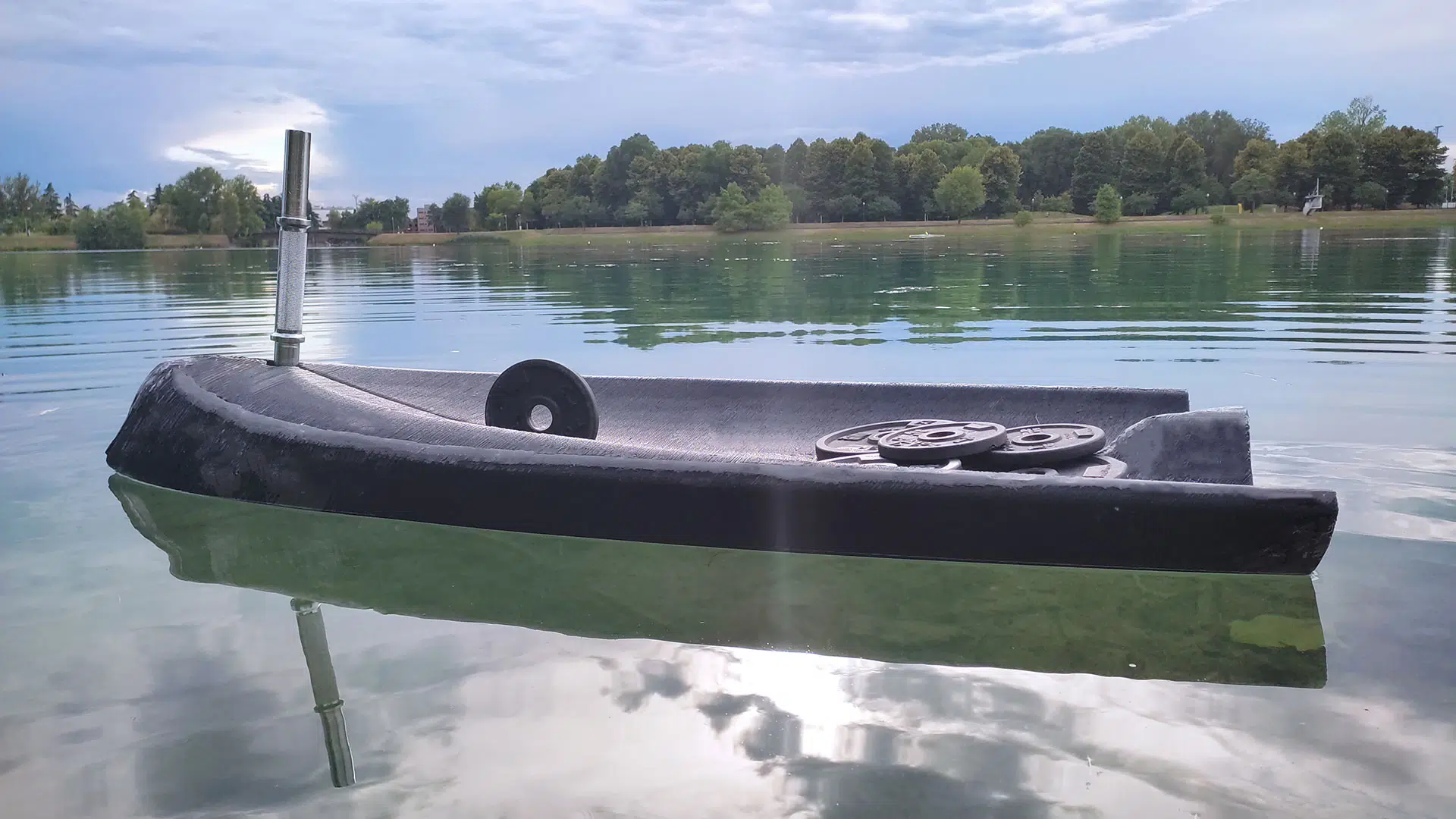
IS RAPID PROTOTYPING THE SAME AS 3D PRINTING?
Although the terms have sometimes been used interchangeably, rapid prototyping is and 3D printing are not synonymous. Rapid prototyping is the general term used in quickly developing a prototype with computer-aided software. 3D printing, on the other hand, is a manufacturing process that uses layer-by-layer fabrication to translate digital CAD files into tangible objects, regardless of if they are prototypes or not. Therefore, rapid prototyping is one of many use cases for 3D printing; and 3D printing is merely one of the many processes and methods used for rapid prototyping.
Rapid prototyping includes the fast production of a physical part, which can include a variety of techniques such as 3D printing, high-speed machining (a subtractive manufacturing process), injection molding, and casting. While many other technologies such as casting and CNC machining are known to be relevant for rapid prototyping of designs, 3D printing is preferred by most industries for proof of concept because of the benefits in speed and costs.
There are great benefits achievable when using 3D printing for rapid prototyping, and this is true also for Large-format Additive Manufacturing. For example, it is possible to design, engineer, test, prototype, refine, and produce a finished piece in a few weeks – as Caracol did when developing Beluga, the first 3D printed sailboat in the world. Even beyond shorter lead times achievable, it is possible to cut costs – avoiding the use of tooling or additional processes and supports, lower materials and personnel costs, or third-party vendors and suppliers, as well as use of cheap and recyclable materials. Furthermore, it is often possible to switch from prototyping to production of the finished parts using the same machine – thus leveraging know-how developed, investment made, and efficiencies learned in the process to then produce finished parts by switching to advanced materials.

EXPLORING 3D PRINTING BEYOND PROTOTYPING
Thanks to the consolidation of several processes, achieving certifications and repeatability on real production use cases, industrial manufacturers have started including 3D printing technologies beyond prototyping, also for advanced parts. These AM technology providers started focusing their efforts towards delivering and meeting high-quality and performance requirements and manufacturing standards, to translate into their AM processes; developing integrated solutions, tailored to solve needs on applications and use cases.
The reasons to explore 3D printing for other applications rather than prototyping are many. To further delve into this is useful to see how a technology like robotics Large Format Additive Manufacturing is working to achieve these results and thus, quickly taking center stage in AM and industrial manufacturing. LFAM’s healthy growth as well as the industrial endorsement compared to other areas of the 3D printing industry testifies that this is not just a trend. This technology is set to stay, and its adoption is strengthened by the LFAM leading companies’ strong focus on advanced applications and structured approach to innovation, since their early development stages.
The industrial large scale 3D printing platform Heron AM, developed by Caracol, is an example of working in a holistic way on hardware, software, process, and applications. The result is an integrated platform combining best-in-class robotics know-how with high-quality pellet extrusion.
Caracol AM spent years 3D printing parts and components themselves alongside industry leaders, developing and perfecting the system with clients in mind. The company still adopts this application-first approach as part of its own DNA to drive technological innovation, and serving clients to ensure technology is a solution to their needs. First and foremost, there must be a transfer of know-how and training to ensure clients can not only leverage their investment to print parts, but also guarantee their production quality and continuity for the most advanced applications across sectors. For Caracol this means providing a reliable technology and an extensive set of services and training that help clients leverage the full potential of their machines, but also continuous research, partnerships, and innovation on materials, hardware, software, automation, as well as on applications – working to qualify parts for highly advanced processes and requisites.
The LFAM growth and accountability has been also boosted by the synergic work along the whole value chain built by material producers, hardware and software developers, service bureaus, post-processing specialists or OEMs, and end-users. Leveraging in an integrated way what everyone can bring to the table is leading LFAM solutions like Heron AM, to deliver tangible results across sectors and applications that were unseen before in the AM world. It is also opening to new opportunities, such as using advanced bio or sustainable materials, or leveraging robotics to go beyond geometric constraints with non-planar, multiplanar, or conformal 3D printing.
It is possible therefore to generate value for all if the focus is shifted towards the client, allowing customers to achieve their goals and fostering the use of large-scale 3D printing technologies to help reduce costs and increase efficiencies, simplify processes, reduce waste and environmental impact, guaranteeing flexibility and extremely quick time-to-market.
